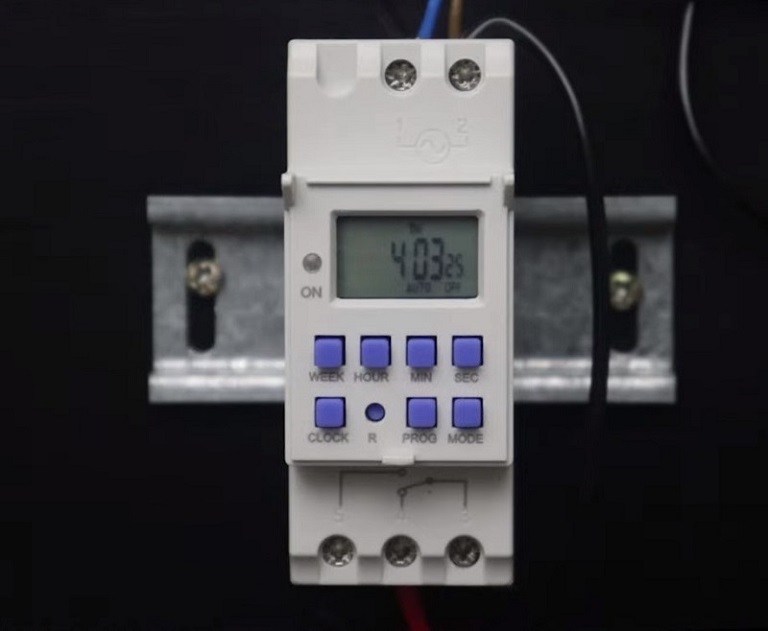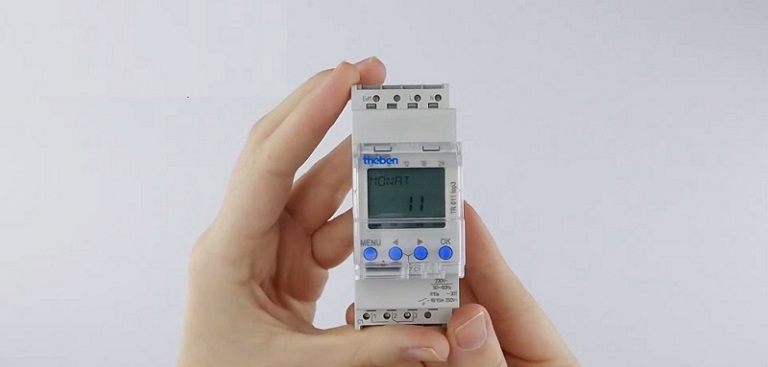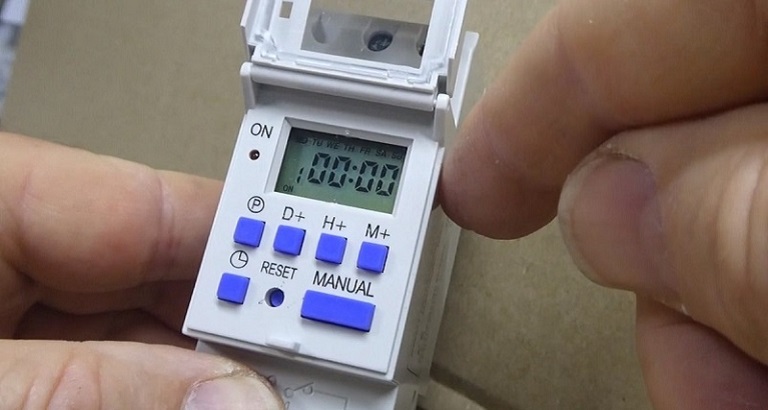Contents
- 1 Understanding the Essence: Time as a Strategic Asset
- 2 Applications Across Industries
- 3 Choosing the Right Digital Time Switch: A Strategic Decision
- 3.1 Programming Capabilities: Tailoring Precision
- 3.2 Number of Channels: Customizing Control
- 3.3 Load Capacity: Meeting Demands
- 3.4 Durability and Environment: Rugged Reliability
- 3.5 User Interface: Intuitive Operation
- 3.6 Power Backup: Uninterrupted Precision
- 3.7 Integration Capabilities: Connected Efficiency
- 3.8 The Evolution of Digital Time Switch Technology
- 4 Embracing Precision: The Final Tick of the Clock
In the intricate tapestry of industrial operations, the precision of time management is a silent force that wields significant influence. At the heart of this orchestration are digital time switches—unsung heroes that play a pivotal role in optimizing processes, enhancing efficiency, and fostering resource conservation.
This comprehensive exploration delves into the multifaceted uses of digital time switches in industrial settings, their impact on diverse applications, and the essential considerations in choosing the right digital time switch for specific requirements.
Understanding the Essence: Time as a Strategic Asset
Time, in the context of industrial operations, is not merely a chronological metric but a strategic asset that can make or break efficiency. Digital time switches emerge as indispensable tools, seamlessly integrating with various systems to bring about synchronized, time-sensitive control. Their applications span across a spectrum of industrial domains, each benefiting from the precision and automation that these devices offer.
Applications Across Industries

Lighting Control: Enlightening Efficiency
In large industrial facilities, where lighting requirements vary based on operational hours, digital time switches shine. They enable meticulous scheduling, ensuring lights are active only when needed, thus curbing unnecessary energy consumption.
HVAC Systems: Mastering Temperature Dynamics
Maintaining optimal temperatures within industrial spaces is a delicate balance. Digital time switches govern the activation and deactivation of HVAC systems, aligning them with operational schedules to minimize energy wastage during idle periods.
Equipment Scheduling: Precision in Motion
From machinery operations to conveyor belt systems, digital time switches dictate when equipment starts and stops. This not only streamlines processes but also prevents unnecessary wear and tear, prolonging the lifespan of industrial machinery.
Energy Management: Orchestrating Sustainability
As industries increasingly focus on sustainability, digital time switches play a pivotal role in energy management. By automating the timing of equipment operations, these devices contribute significantly to reducing overall energy consumption and operational costs.
Choosing the Right Digital Time Switch: A Strategic Decision

The selection of a digital time switch is not a one-size-fits-all endeavour; rather, it demands a nuanced understanding of the specific requirements and challenges posed by the industrial environment. Here are critical considerations to guide the decision-making process:
Programming Capabilities: Tailoring Precision
A robust digital time switch should offer versatile programming options, accommodating daily and weekly schedules. The ability to fine-tune schedules based on varied operational patterns is crucial.
Number of Channels: Customizing Control
Depending on the complexity of the industrial setup, choosing between single or multiple channels is paramount. Multiple channels enable simultaneous control of different systems, enhancing overall operational control.
Load Capacity: Meeting Demands
Ensuring that the digital time switch can handle the load requirements of connected devices is fundamental. Exceeding load capacity specifications can lead to inefficiencies and potential device failure.
Durability and Environment: Rugged Reliability
Industrial environments are often harsh, and characterized by dust, moisture, and temperature variations. Opting for digital time switches designed with industrial-grade durability ensures resilience in challenging conditions.
User Interface: Intuitive Operation
A user-friendly interface facilitates easy programming and adjustments. Digital time switches with intuitive controls and clear displays enhance user experience and reduce the likelihood of errors.
Power Backup: Uninterrupted Precision
Incorporating a power backup mechanism is crucial to maintaining programmed schedules even during power outages. This feature ensures uninterrupted operation, a critical consideration in industries where continuity is paramount.
Integration Capabilities: Connected Efficiency
For a seamlessly connected industrial ecosystem, consider digital time switches that can integrate with other automation systems. Compatibility with protocols like Modbus or BACnet enhances interoperability.
The Evolution of Digital Time Switch Technology
As technology advances, so do the capabilities of digital time switches. Contemporary solutions often incorporate smart features, enabling remote monitoring and control through digital interfaces. The integration of Internet of Things (IoT) connectivity and compatibility with centralized control systems augments the adaptability and responsiveness of digital time switches in the evolving landscape of industrial automation.
Embracing Precision: The Final Tick of the Clock

In the grand orchestration of industrial processes, digital time switches emerge as silent custodians of precision. Their ability to synchronize operations, minimize energy wastage, and contribute to the overarching goal of sustainability underscores their significance. As industries evolve towards smart manufacturing, digital time switches will continue to play a pivotal role in orchestrating precision and harmony in the intricate dance of time and industry.

